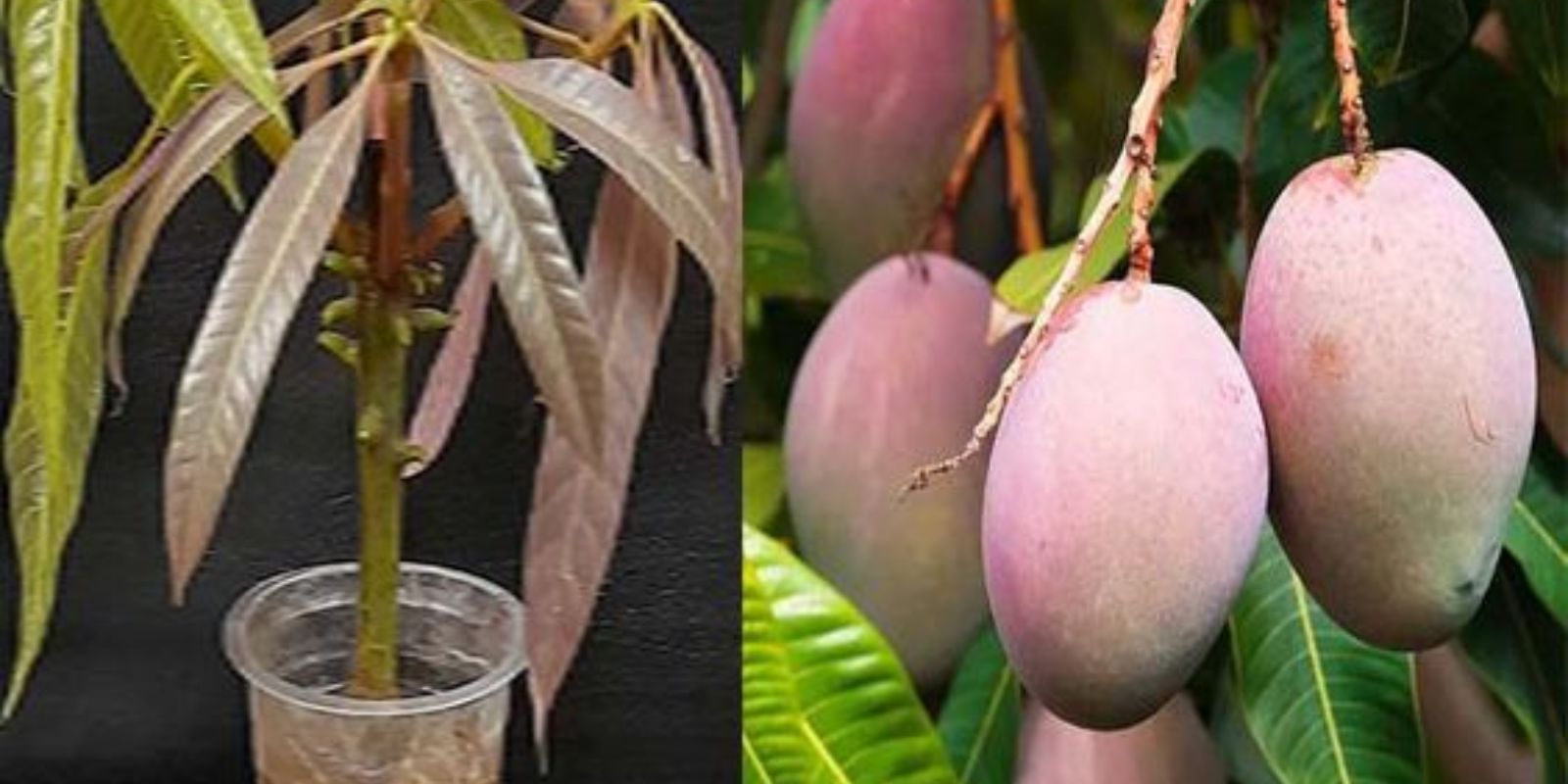Growing mango trees from cuttings in water is an excellent way to propagate these tropical beauties without needing to start from seeds. This method not only saves time but also offers a fascinating glimpse into the rooting process. In this guide, we’ll walk you through each step to ensure you successfully cultivate mango trees from cuttings, even if you’re a gardening novice.
Introduction
Mango trees are celebrated for their juicy, sweet fruit and attractive, evergreen foliage. While growing mangoes from seeds is common, propagating from cuttings can be an equally effective method, particularly if you want to replicate a specific variety or achieve quicker results. This process involves taking a cutting from a healthy mango tree, encouraging it to develop roots in water, and then transplanting it to soil where it will continue to grow.
Step-by-Step Guide to Growing Mango Trees from Cuttings in Water
1. Selecting the Right Cutting
The success of your propagation efforts begins with choosing the right cutting. Select a healthy, mature mango tree that exhibits robust growth. Ideally, you want to take cuttings from new, actively growing shoots. Aim for cuttings that are about 6-8 inches long, as this length provides enough material to establish a strong root system. Ensure the cutting has at least two or three nodes—these are the points on the stem where leaves or branches emerge.
2. Preparing the Cutting
Once you’ve selected your cutting, it’s time to prepare it for rooting. Start by removing any leaves from the lower half of the cutting, leaving just a few at the tip. This reduction in leaf surface area helps the cutting conserve moisture and directs energy toward root development. Using a sharp, sterilized knife or scissors, make a clean cut just below a node. A clean cut minimizes the risk of disease and promotes better root formation.
3. Treating the Cutting
To increase the chances of successful rooting, dip the cut end of the cutting in rooting hormone powder. Rooting hormones contain growth-promoting substances that encourage the development of roots. Apply the powder according to the manufacturer’s instructions, making sure to cover the cut surface evenly. This step is optional but highly recommended for better results.
4. Placing the Cutting in Water
Next, prepare a glass or jar filled with water. Submerge the cut end of the cutting in the water, ensuring that at least one node is below the waterline. The node is where roots will eventually emerge. Place the glass in a warm, bright location but avoid direct sunlight, which can overheat the water and harm the cutting. A windowsill with indirect sunlight is an ideal spot.
5. Maintaining Water Levels
Proper water management is crucial for successful rooting. Keep the water level consistent, ensuring that the cut end remains submerged. Change the water every few days to prevent stagnation and the buildup of bacteria or algae. Fresh water promotes healthy root development and prevents potential diseases that could hinder the process.
6. Monitoring Growth
Patience is key when growing mango trees from cuttings. Over the course of a few weeks, you should start to see roots developing from the submerged nodes. The initial roots will be thin and delicate, but with time, they will thicken and become more robust. Monitor the growth closely and ensure that the water remains clean and at the appropriate level. Once the roots are a few inches long, the cutting will be ready for transplanting.
7. Transplanting to Soil
When the roots are well-established, it’s time to move your cutting from water to soil. Prepare a pot with well-draining soil—mango trees prefer a sandy or loamy soil mix. Gently remove the cutting from the water, being careful not to damage the delicate roots. Plant the cutting in the pot, ensuring that the roots are spread out evenly and the base of the cutting is level with the soil surface.
Water the newly potted cutting thoroughly, then place the pot in a sunny location. Mango trees thrive in bright, warm environments, so ensure the cutting receives plenty of light to promote vigorous growth. As the plant establishes itself, continue to provide regular watering and occasional fertilization to support healthy development.
Conclusion
Growing mango trees from cuttings in water is a rewarding and relatively straightforward method of propagation. By following these steps—selecting the right cutting, preparing it properly, using rooting hormone, and providing the ideal conditions—you can successfully grow your own mango trees. Whether you’re aiming to replicate a prized variety or simply want to add a touch of tropical flair to your garden, this method offers an accessible path to growing lush, fruitful mango trees.
Motivation
Transform your home into a tropical haven by growing mango trees from cuttings in water. This simple, rewarding process not only allows you to cultivate your own mango trees but also offers a unique and engaging gardening experience. Start today and watch as your green-thumbed dreams come to life with fresh, juicy mangoes right from your own backyard! 🌿🥭

